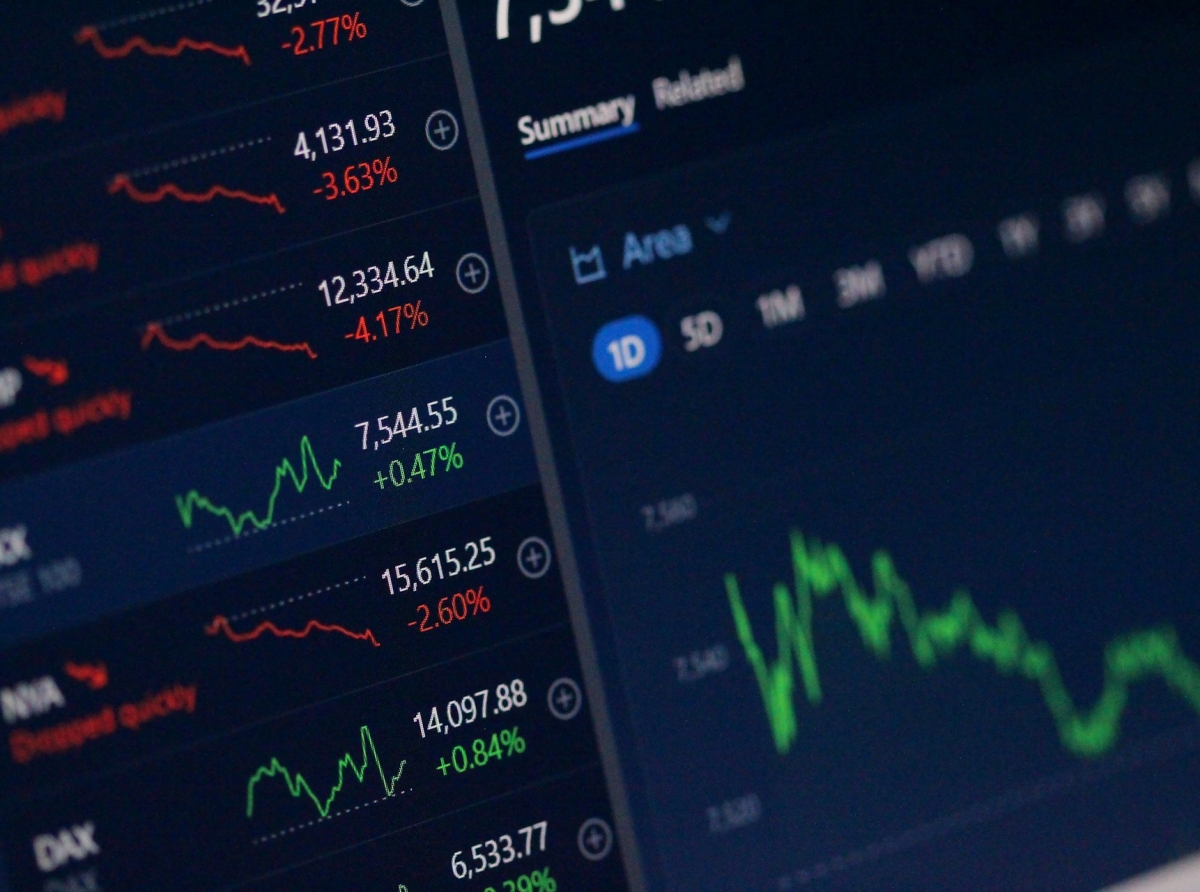The Ins and Outs of Trading Illiquid Currencies on the Forex Market

The Ins and Outs of Trading Illiquid Currencies on the Forex Market
The Forex (foreign exchange) market is a global marketplace for trading national currencies against one another. It is the largest financial market in the world, with a daily trading volume exceeding $6 trillion. Participants in the Forex market range from large financial institutions and central banks to individual traders.
Illiquid currencies are those that are not frequently traded or have low trading volumes. These currencies often come from smaller or emerging economies and do not have as much demand as more commonly traded currencies like the US dollar, euro, or Japanese yen. Trading illiquid currencies presents unique opportunities and challenges, primarily due to their limited market activities.
One of the main challenges in trading illiquid currencies is their low liquidity, which means there are fewer buyers and sellers in the market. This can lead to wider spreads (the difference between the buying and selling price) and increased volatility. Despite these hurdles, illiquid currencies can be important for diversifying portfolios and taking advantage of potential arbitrage opportunities.
Illiquid currencies are those that are not frequently traded or have low trading volumes. These currencies often come from smaller or emerging economies and do not have as much demand as more commonly traded currencies like the US dollar, euro, or Japanese yen. Trading illiquid currencies presents unique opportunities and challenges, primarily due to their limited market activities.
One of the main challenges in trading illiquid currencies is their low liquidity, which means there are fewer buyers and sellers in the market. This can lead to wider spreads (the difference between the buying and selling price) and increased volatility. Despite these hurdles, illiquid currencies can be important for diversifying portfolios and taking advantage of potential arbitrage opportunities.

The Ins and Outs of Trading Illiquid Currencies on the Forex Market
Characteristics of Illiquid Currencies
Several factors contribute to the illiquidity of certain currencies:Economic Size: Smaller economies with less international trade typically have less liquid currencies.
Political Stability: Countries with political instability or economic uncertainty may see reduced demand for their currency.
Regulatory Environment: Strict capital controls or foreign exchange regulations can limit currency trading.
Examples of commonly traded illiquid currencies include:
Kazakhstani tenge (KZT): From a rapidly developing but still relatively small economy.
Belarusian ruble (BYN): From an economy that has faced various political and economic challenges.
Mongolian tögrög (MNT): From a country with significant natural resources but limited international trade.
The impact of these factors on trading volume and volatility cannot be understated. Illiquid currencies often experience sharp price movements due to low trading volumes, making them more volatile than liquid counterparts.
Strategies for Trading Illiquid Currencies
Given the unique characteristics of illiquid currencies, traders must adopt specific strategies:Technical Analysis Approaches: Utilizing technical analysis tools like moving averages, Bollinger Bands, or Relative Strength Index (RSI) can help identify trends in low-volume markets.
Fundamental Analysis Considerations: Monitoring economic indicators such as GDP growth rates, inflation rates, and political stability helps assess potential value changes in illiquid currencies.
Risk Management Techniques: Implementing stop-loss orders and limiting position sizes are crucial risk management techniques when dealing with low liquidity assets to avoid significant losses during sudden price swings.
Risks Associated with Trading Illiquid Currencies
Trading illiquid currencies comes with several inherent risks:Price Manipulation and Spread Issues: Due to fewer participants, prices can be more easily manipulated by large trades or institutional players. Wider spreads also mean higher transaction costs.
Challenges in Executing Large Orders: Limited market depth makes it difficult to execute large orders without causing substantial price changes.
Potential for Increased Slippage: Slippage occurs when a trade is executed at a different price than expected due to market movement during order processing, which is more likely in thinly traded markets.
In summary, while trading illiquid currencies offers potential rewards through diversification and arbitrage opportunities, it also poses significant risks due to low liquidity, high volatility, and potential for price manipulation.
Advancements in technology are aiding liquidity through better liquidity management platforms, algorithmic trading strategies, and enhanced data analytics tools that improve transparency and efficiency in these markets.
Looking ahead, trends such as increasing global interconnectedness may enhance the liquidity of currently illiquid currencies as smaller economies grow and integrate further into international markets. Nonetheless, traders must remain vigilant about the unique attributes and risks associated with these financial instruments while leveraging advanced tools for effective trading strategies.
Forex market, Illiquid currencies, Trading strategies, Liquidity management, Algorithmic trading
Advancements in technology are aiding liquidity through better liquidity management platforms, algorithmic trading strategies, and enhanced data analytics tools that improve transparency and efficiency in these markets.
Looking ahead, trends such as increasing global interconnectedness may enhance the liquidity of currently illiquid currencies as smaller economies grow and integrate further into international markets. Nonetheless, traders must remain vigilant about the unique attributes and risks associated with these financial instruments while leveraging advanced tools for effective trading strategies.
Forex market, Illiquid currencies, Trading strategies, Liquidity management, Algorithmic trading









Report
My comments